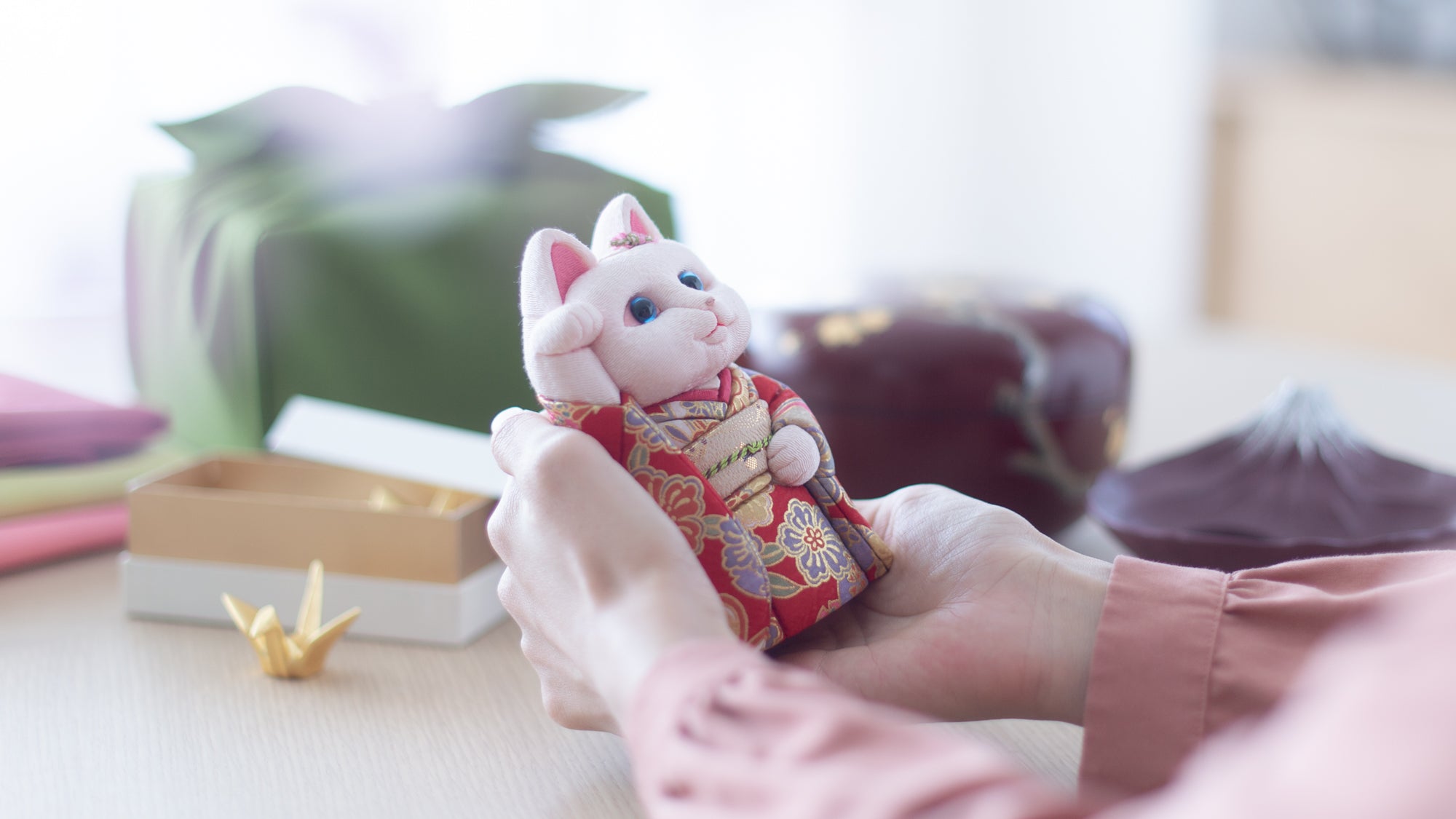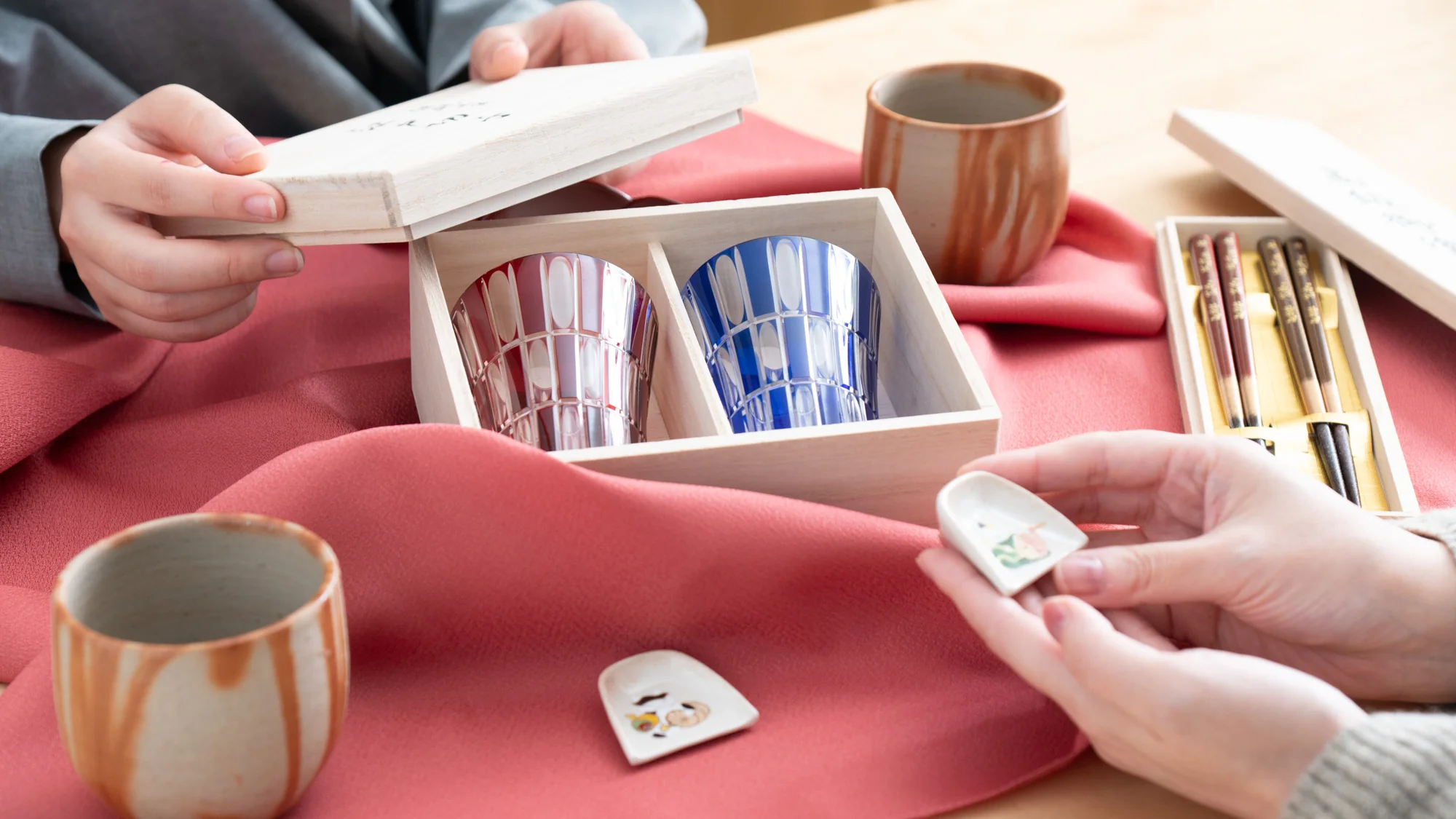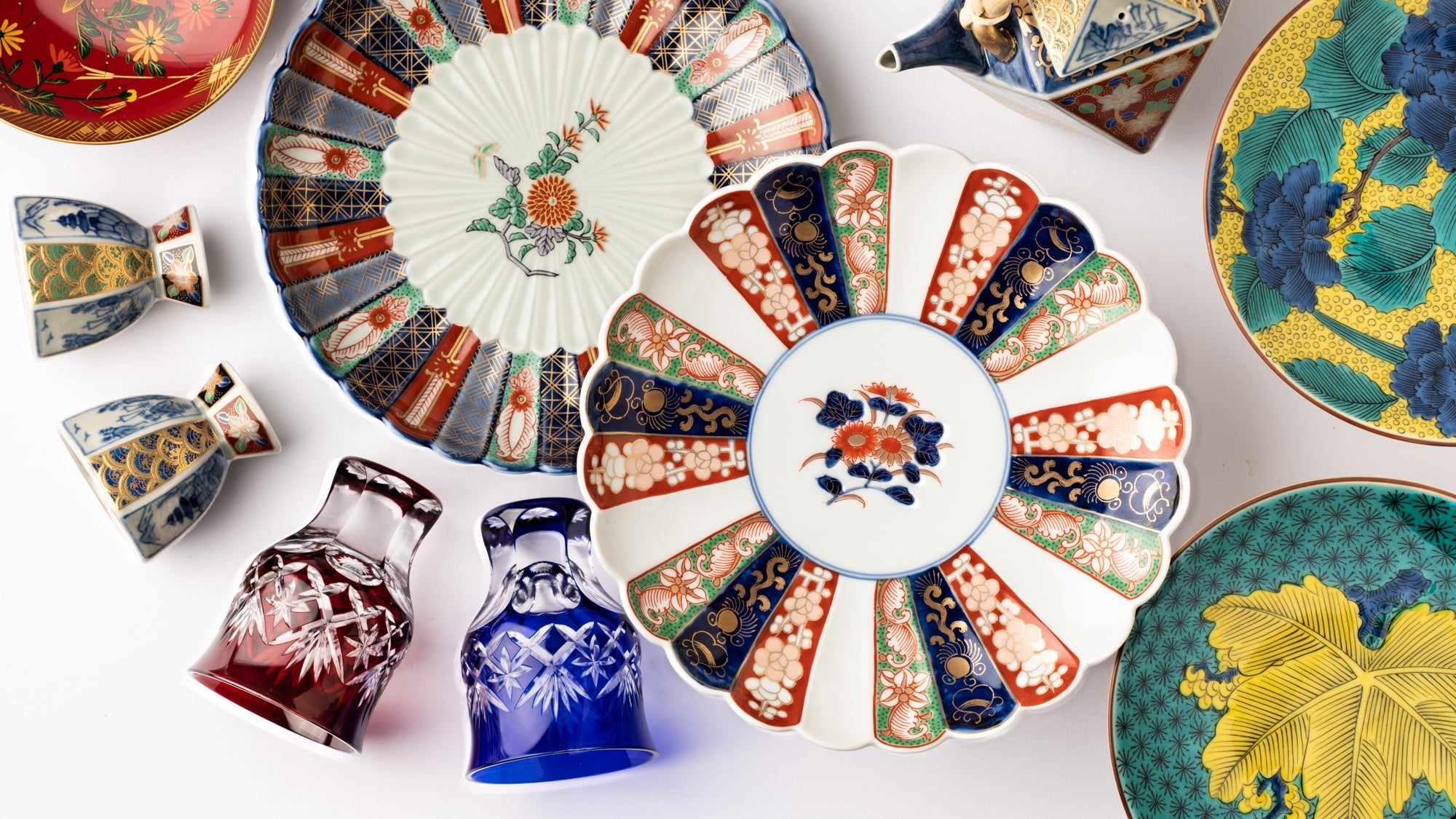1 May 2024
On Tango-no-Sekku, We Celebrate the Health of Our Growing Boys!


Some of our audience who read our blog Hinamatsuri: A Special Day for Girls might have been eagerly awaiting our promised article on Japan's celebration for boys. The holiday is traditionally called Tango-no-Sekku, and is also known as Boys' Day or Children's Day.
On this day, families typically fly carp-shaped koinobori "carp streamers" in the sky to honor their young ones and celebrate their health.
Read further to learn the history of Tango-no-Sekku, how it's celebrated, as well as the traditional decorations and special foods!
Contents
- Tango-no-Sekku
- The Legend of Koinobori
- More Decorations and Celebratory Foods
- Appreciating Our Youth
Tango-no-Sekku

Tango-no-Sekku is a traditional Japanese holiday that celebrates the well-being and happiness of boys. "Sekku" in Tango-no-Sekku refers to the day that marks a seasonal turning point. This term is said to have originated from the theory of yin and yang and the five elements, introduced from China in the Nara period (710 CE–794 CE).
Tango-no-Sekku was first known as the Double Fifth Festival, due to the fact that it was celebrated on the fifth day of the fifth month according to the lunar calendar during the Heian period (794 CE–1185 CE). Later, in 1948, it was moved to May 5th on the Gregorian calendar.
During the Edo period (1603 CE–1868 CE), Tango-no-Sekku became a more elaborate and widespread celebration. Families would display samurai armor, swords, and helmets, symbolizing the strength and bravery of boys. They would also fly koinobori, which represents determination and perseverance.
The Legend of Koinobori
Koinobori are one of the most recognizable symbols of Tango-no-Sekku. These colorful windsocks are shaped like carp fish and are flown outside homes and public buildings from late April to early May in celebration of the holiday.

The carp streamers have a long history and are associated with a legend about a carp that swam upstream to become a dragon. According to the legend, a carp that was determined to swim upstream and reach the top of a waterfall was able to transform into a dragon upon reaching its goal. The legend became a popular metaphor for parents who wanted their sons to be strong, resilient, and successful in life.
Over time, the tradition of flying carp streamers on Tango-no-Sekku evolved as a way to express a family's strong hopes and dreams for their boys. The carp, with its powerful and determined swimming style, became a symbol of strength and perseverance, and it was believed that displaying carp streamers would bring good fortune and success to boys in their future endeavors.
The carp streamers are usually flown in a specific order, with the largest and most colorful carp representing the father, the second-largest representing the oldest son, and so on. The number of carp displayed often corresponds to the number of boys in the family, and each carp is decorated with different colors and designs.

Today, flying carp streamers is a popular tradition during Tango-no-Sekku in Japan, and the colorful and vibrant display of koinobori is a joyous sight that symbolizes the hopes and dreams of parents for their sons.
More Decorations and Celebratory Foods

Decorated Kabuto Helmets
Kabuto is a type of traditional Japanese helmet worn by samurai warriors. On Tango-no-Sekku, kabuto helmets are often decorated with symbols of good luck and prosperity.

Boys' May Festive Dolls
For Children's Day celebrations, homes are adorned with festive dolls as well, among which the gosho doll stands out as a beloved emblem of childhood innocence. This plump, cheerful figure, steeped in Kyoto's aristocratic heritage, symbolizes both beauty and the aspirations for a child's prosperous future and leadership.
View Collection
Iris Flowers
The iris is a flower that is associated with Tango no Sekku and is often displayed during the festival. The flower is believed to have medicinal properties and is a symbol of courage and strength.

Kashiwa Mochi
Kashiwa mochi is a sweet rice cake wrapped in an oak leaf. The oak tree reprents strength and longevity, and eating kashiwa mochi is believed to bring good health and fortune.

Chimaki
Chimaki is a traditional Japanese sweet or savory steamed rice dumpling wrapped in bamboo leaves. Chimaki is made by first mixing glutinous rice with various fillings such as sweet bean paste, minced meat, mushrooms, or vegetables. The mixture is then wrapped in the bamboo leaf and steamed until fully cooked.
Appreciating Our Youth

As mid-April approaches, you will find beautiful koinobori decorating Japan's many homes and parks. Dedicated to celebrating the well-being and future success of boys, Tango-no-Sekku is an opportunity for parents and families to show their love and appreciation for their sons and to wish them a bright and prosperous future. Its historical significance, cultural traditions, symbolism, and focus on family bonding make it a cherished and significant event in Japanese culture.
View Festival Dolls Collection











































































































































































































